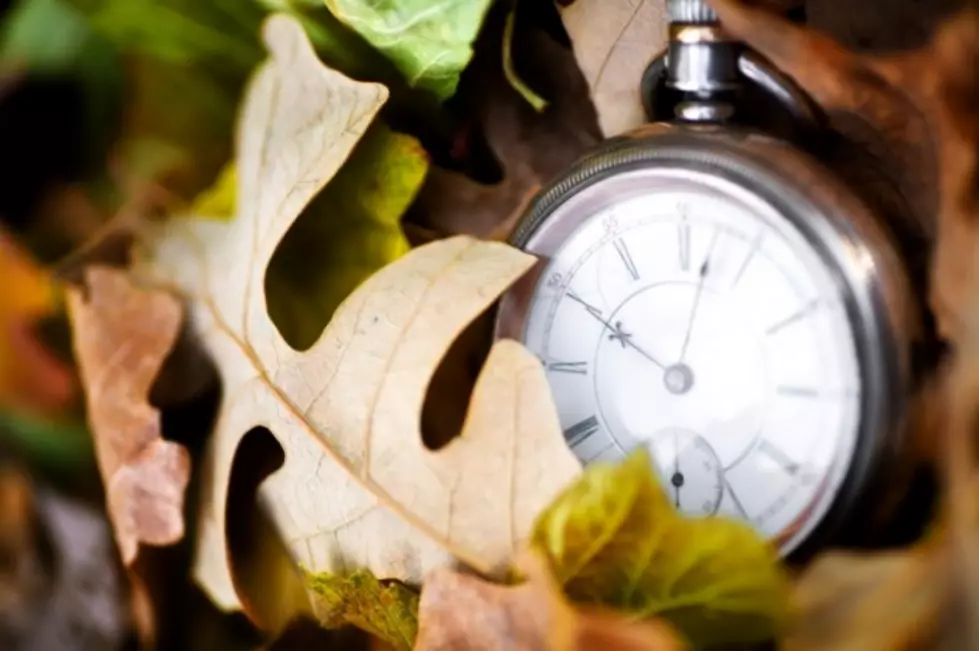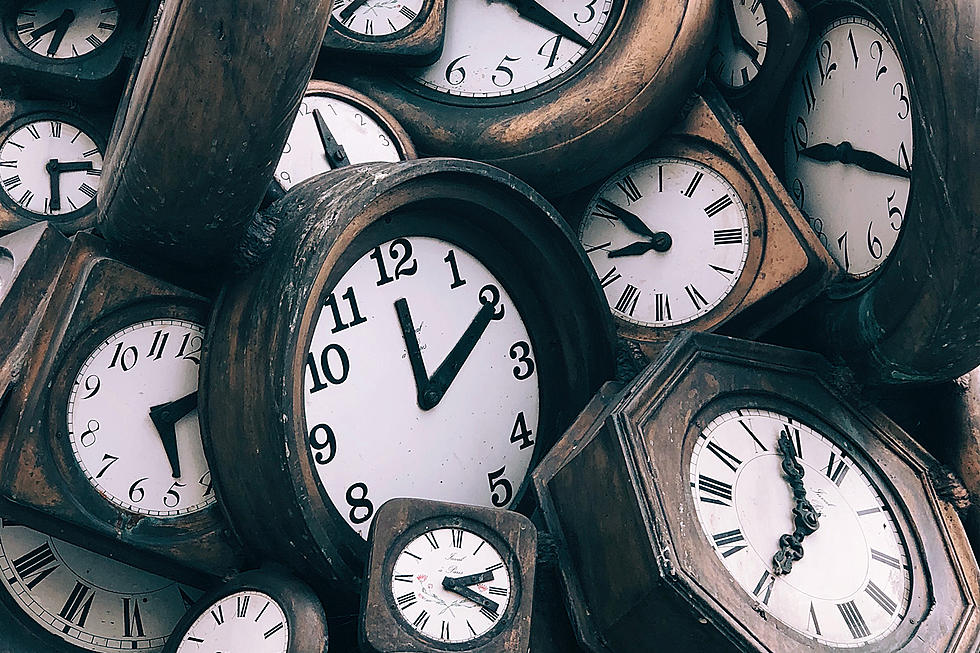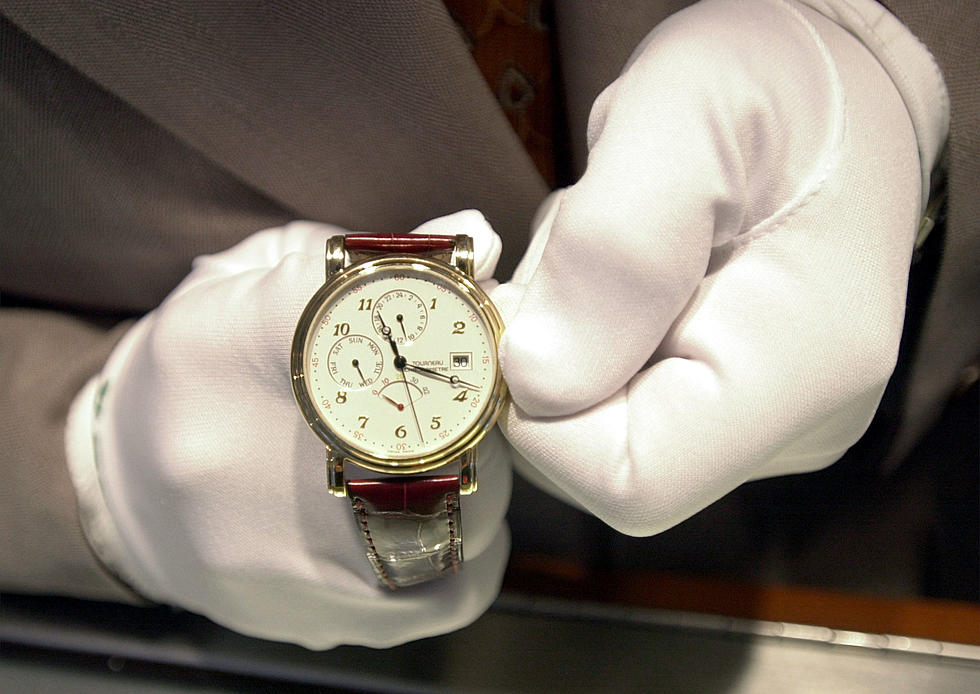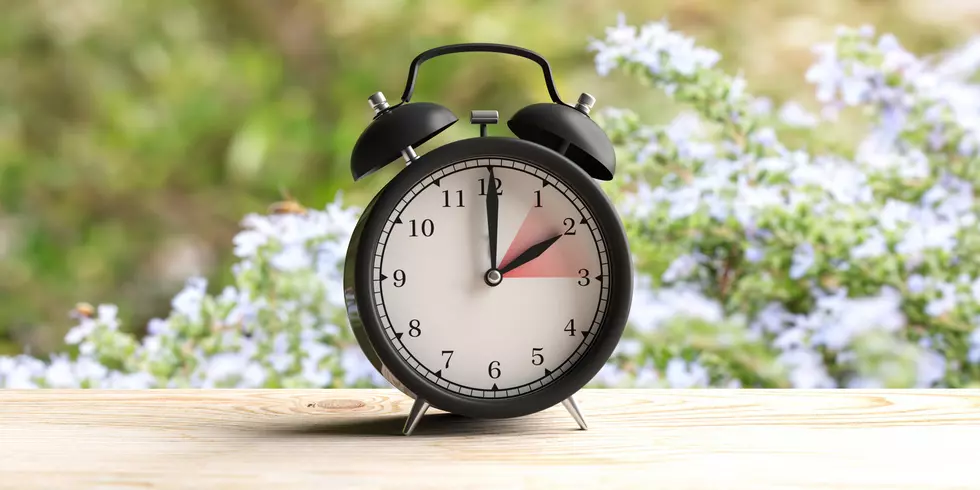
Daylight Saving Time Ends Sunday Morning: 5 Things You Need To Know
Daylight Saving Time ends at 2 am on Sunday morning (November 2, 2014), which means we "fall back" and gain an extra hour of sleep as clocks roll back an hour overnight. While this "extra hour" of sleep in the fall may sound nice, there is more to the twice-a-year time shift.
Why Do We Change Our Clocks?
We in the Upper Midwest are used to the concept of Daylight Saving Time, but it is not a universally-adopted practice across the country and isn't used in many places around the world. The modern idea of Daylight Saving Time popped up in the late 1890s, and it started to be widely used in the early 20th Century.
The idea was that changing the clocks for the summer months would give people another hour of daylight in the evening hours, which would give workers in industrialized countries with regular "nine-to-five" jobs a chance to do things after work. Being days are shorter in the winter months, this effect isn't the same, so we go back to "standard time" during winter. Some argue that other benefits include energy savings and safer evening driving conditions in after-work hours during the summer.
Minnesota Had A Battle Of Time Change
In 1965, St. Paul decided to adopt the same Daylight Saving Time period most of the country was using, while Minneapolis wanted to stick to Minnesota's state law that dictated a later start date. This meant that traveling across the Mississippi River in the Twin Cities would mean your watch or clock was an hour off for the two weeks between St. Paul and Minneapolis's time change dates. This was common around the country, with 23 different pairs of start dates in Minnesota and Iowa alone. In 1966, the Uniform Time Act brought everyone in the country on board to having the same dates for Daylight Saving Time.
What's In A Name?
You'll notice I've used "Daylight Saving Time" rather than "Daylight Savings Time" through this story. That's because "Saving" is the proper word in the name. The reason behind it is all a matter of grammar technicalities, but if you call it "Daylight Savings Time", you're wrong. Tell your friends.
Who Doesn't Change Their Clocks?
Hawaii and most of Arizona (except for the Navajo Nation in Northeastern Arizona) do not observe Daylight Saving Time. Neither do many of the territories of the United States, including Guam and Puerto Rico. Indiana was split on the issue for many years, with some parts of the state participating, but the Indiana Legislature united the state in 2006 on the cause of participating.
How Else Is Daylight Saving Time Used?
Fire departments use the twice-a-year clock change as a time to remind individuals to change the batteries in smoke detectors in homes. This practice can save homes and lives, and only takes a few seconds. Even detectors that are dual-powered by wired electricity and batteries need a fresh set of batteries to keep homes protected in the event of wiring failure or power outage.
More From MIX 108








![Daylight Saving Time Explained! [VIDEO]](http://townsquare.media/site/164/files/2011/10/hqdefault20.jpg?w=980&q=75)
